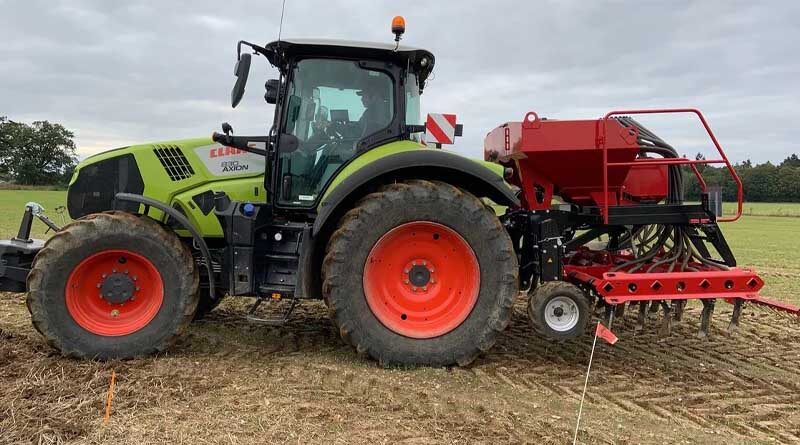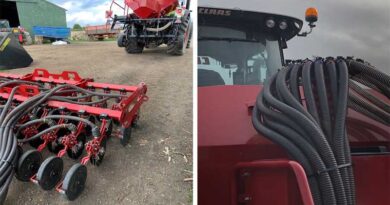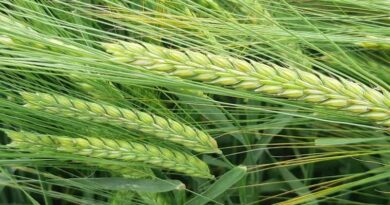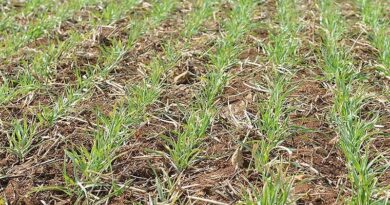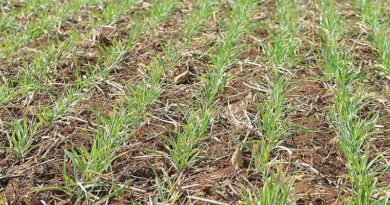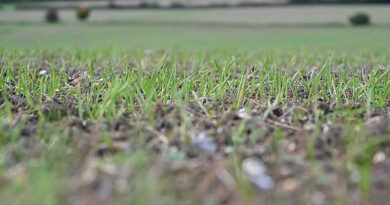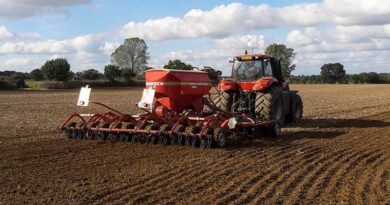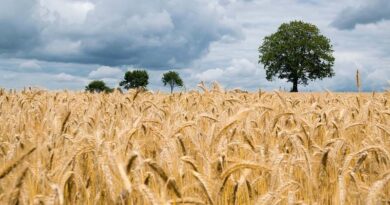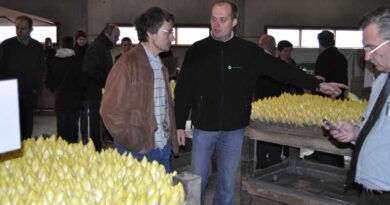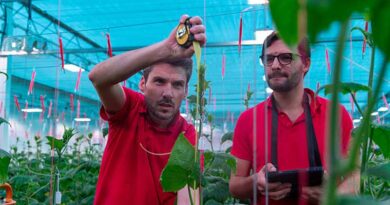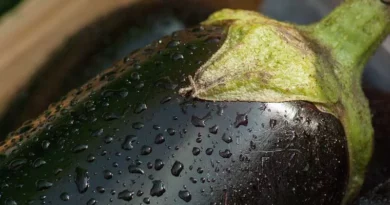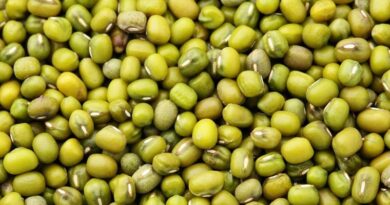Cultivation trials highlight consistency amongst Syngenta’s Spring Barley Varieties
27 January 2023, UK: Syngenta have been looking at how our varieties perform in different cultivation systems. We have been using a new trials drill built to bridge the gap between lightweight, small plot drills used for many yield trials, and farm drill equipment. The lightweight drill used in small plot trials requires a well worked seedbed to get good establishment. Our new drill has the ability to sow into a range of situations, including direct drilling or where crops can be sown into a previous crop e.g. a green cover.
This enables us to look at different cultivation systems and how different varieties perform in them.
These are examples of the systems we have trialled varieties in:
- Plough based system (2021 only)
- Deep (15-20 cm) non-inversion
- Shallow (5 cm) non-inversion (2022 only)
- No-till
The trials were all carried out in Cambridgeshire on clay loam, each year has been the first year of direct drilling, which means the benefits of long-term reduced soil disturbance will not yet be seen. However, this situation will put our varieties to the test!
Moisture availability and sufficient tilth impacted establishment
Each year the weather has played a big part in the results, with moisture availability and retention at drilling being key factors for establishing a good spring barley crop and building yield and quality.
Sufficient tilth also had an impact on establishment. Where seed coverage was sub-optimal, we found plant counts were lower and impacted on final yield.
These two factors of seed to soil contact and soil moisture retention are essential in establishing a successful spring barley crop, regardless of cultivation choice.
An example of this is how yield was impacted in the last two seasons by both these factors:
2021
In 2021 a disc drill was used to establish plots across the three cultivation methods. It was difficult to achieve good slot closure in the no-till situation, and therefore seed coverage was insufficient. Establishment was compromised and ultimately it had a negative impact on yield.
The plough-based system created the best seedbed at drilling which led to the higher plant establishment and overall better yield.
2022
In 2022 there was very little soil moisture at drilling, the no-till plots had highest plant counts, because there was low soil disturbance and so moisture was retained.
Deep non-inversion was the most intensive cultivation, moving the most amount of soil and therefore has the highest moisture loss. This resulted in the lowest establishment which followed through to a lower yield.
Creating a seedbed with adequate moisture and seed to soil contact is key whichever method of cultivation used.
New Syngenta Spring Barley’s have great potential across different cultivation methods
We tested a number of varieties across these different cultivation systems to see whether there was a difference between varieties or if one variety was suited to a particular tillage type. The two newest members of Syngenta’s malting barley family SY Signet and SY Tennyson showed some interesting results.
SY Signet is a high yielding spring malting barley with potential for the brewing market, on average, in these trials, SY Signet was the highest yielding across all the cultivations and was outstanding in the no-till plots. We also recorded the longest length of roots in the no-till situation, which could be the reason behind such high performance.
SY Tennyson has very high yield potential and is being tested for both the brewing and malt distilling markets. In these cultivation trials, SY Tennyson showed great stability with the smallest difference between the different cultivation systems.
Also Read: Agriculture in India
(For Latest Agriculture News & Updates, follow Krishak Jagat on Google News)

